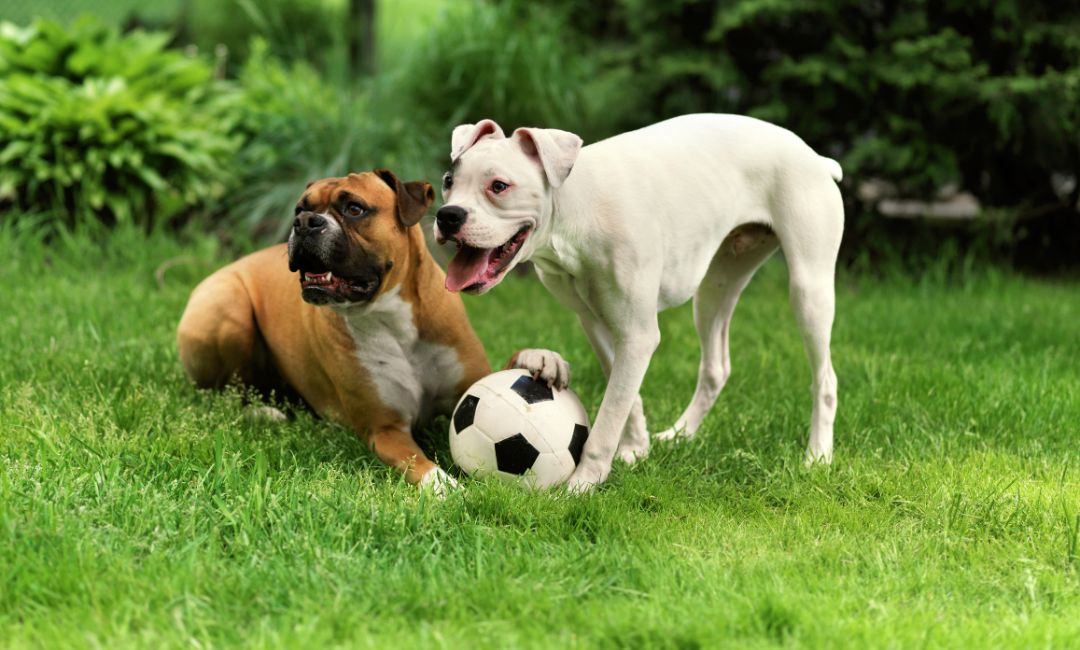Having a furry feline friend as a companion can bring a little bit of joy to our lives. As responsible pet owners, it’s crucial to ensure that we understand and meet their dietary needs. Proper nutrition plays a vital role in maintaining their overall health and well-being. By prioritizing their nutritional needs, you can ensure that your feline companion leads a happy and healthy life. To help you out, we’ve rounded up some helpful info regarding your cat’s nutritional requirements and provide some useful tips to help you better understand your feline friend’s dietary requirements.
Carnivorous Nature
It’s important to remember that cats are obligate carnivores, which means they require a diet primarily consisting of meat. Their digestive systems are specifically designed to process animal proteins efficiently. Unlike omnivores, cats lack certain enzymes necessary for digesting plant matter. Therefore, a diet rich in high-quality animal protein is essential to meet their nutritional needs.
Water
Cats have a naturally low thirst drive, which can make them prone to dehydration. In the wild, they would obtain much of their moisture from their prey. Therefore, it’s important to encourage adequate water intake. Provide fresh, clean water at all times and consider incorporating wet cat food into their diet. Wet food has a higher water content and can help keep your feline friend hydrated.
Avoid Fillers
Some commercial cat foods may contain fillers such as corn, wheat, and soy. These ingredients offer little nutritional value to cats and can even lead to digestive issues or allergies. It’s best to opt for cat food that is free from fillers and artificial additives. Look for brands that prioritize high-quality ingredients and avoid those that rely heavily on plant-based fillers.
Essential Nutrients
Apart from protein, cats require other essential nutrients to maintain optimal health. Taurine, for example, is an amino acid that is vital for their heart health and overall well-being. It is naturally found in animal tissues, so make sure the cat food you choose includes an adequate amount of taurine. Additionally, cats also require specific vitamins, such as vitamin A and niacin, which are crucial for their vision, immune system, and overall growth.
Feeding Patterns
Establishing a regular feeding routine is important for cats. While the frequency and portion size may vary depending on your cat’s age, size, and health, it’s generally recommended to feed adult cats twice a day. Avoid leaving food out all day as it can lead to overeating and obesity. Consult your veterinarian to determine the appropriate feeding schedule and portion sizes for your feline friend.
Transitioning to New Food
If you decide to switch your cat’s diet, it’s essential to do so gradually. Sudden changes can upset their stomach and lead to digestive issues. Introduce the new food gradually by mixing increasing amounts of the new food with the old food over a period of 7-10 days. This gradual transition will allow your cat’s digestive system to adjust to the new diet more easily.
Remember, not all cats are the same. Before changing anything regarding your furry friend’s nutrition and dietary needs, make sure to check with your veterinarian to ensure they’re getting a feeding routine that works best for them.
On top of dietary needs, safety is priority number one in ensuring your pet lives a long and happy life. For some information and tips on how to ensure they’re out of harms way, check out these 8 ideas.
The post Understanding Your Feline Friend’s Dietary Needs appeared first on Nurtured Paws.









